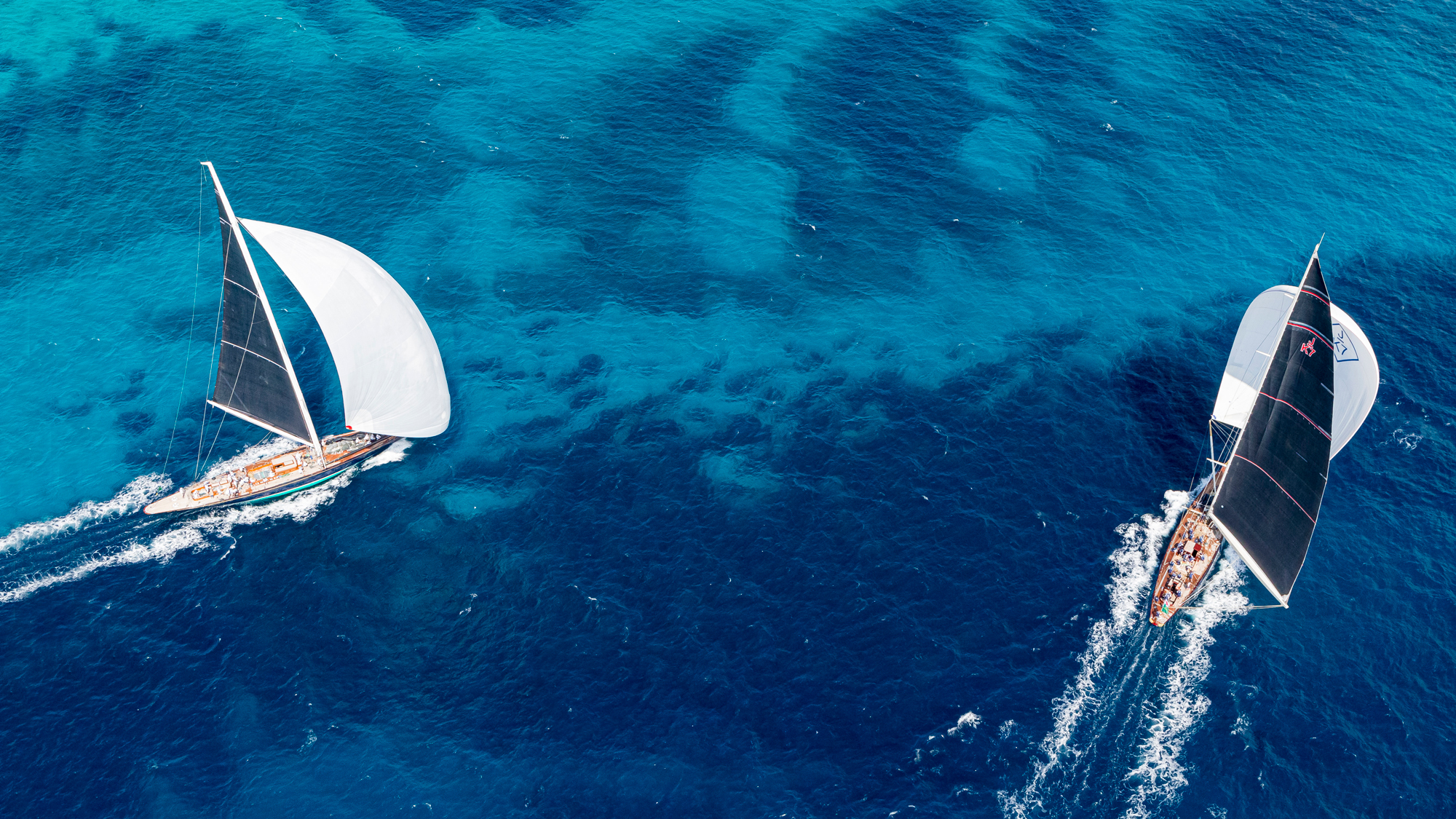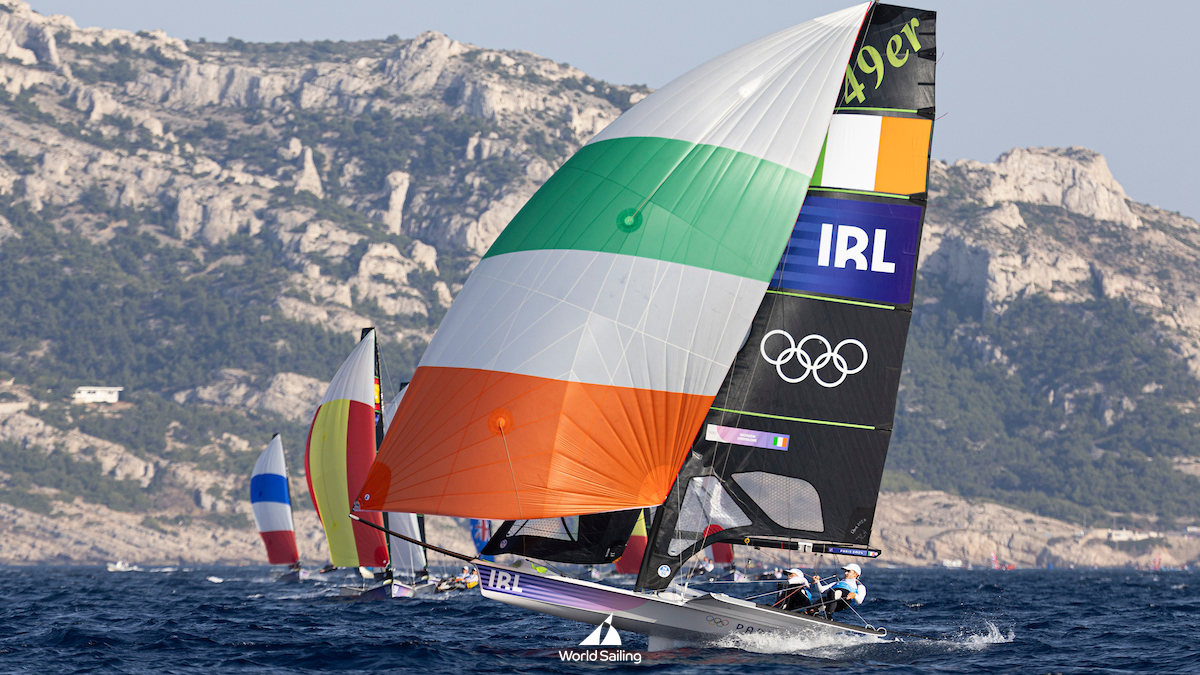If using an engine is ‘cheating’, what about an electrical ‘boost’? One of the last tenets of racing under sail is about to be challenged
If you ride an e-bike you’ll be used to being called a cheat. You’ll also be familiar with the way opinion has polarised in the cycling world on their benefits versus downfalls, particularly where there has been criticism from walkers who blame e-powered mountain bike riders for ripping up the countryside.
But what a game-changer they are, allowing you to explore further afield while making it more fun for those who’d otherwise be at the back of the pack.
Now, think about what might happen if sailing went down a similar route? If we thought that the foiling debate had stirred things up, just wait until the issue of powered race boats gets under the sailing public’s skin.
Because the next hot topic that the racing world looks set to grapple with is arguably even bigger. How much power can you use aboard a boat before it strays beyond the definition of sailing? Should electrical assistance be allowed at all? Some will doubtless argue that we shouldn’t even be talking about how much, as any assistance from power while racing is wrong.
Years ago, I remember being told by a fellow crew member about a rather unethical racing owner who was trying to convince the skipper and crew that running the engine in gear during a drifter of a race ‘just for a little bit’ was completely okay. He argued that it was fine as it would only be for a short distance and he promised he would switch it off as soon as they reached the little bit of wind that was currently out of their reach.
Article continues below…
‘The America’s Cup has always been pushing boundaries’ – Matt Sheahan
For a great pub quiz question, when was the first America’s Cup race? The answer to sailing fans is obvious:…
‘I don’t want to watch sailing with a calculator’ – Matthew Sheahan on Olympic Sailing for Spectators
How was your summer season? If you went to a major event like Olympic sailing, did you wonder where everyone…
For years, ‘just a little bit’ became the running joke aboard our boat when we were faced with the same lack of breeze or adverse tide. Clearly, turning the motor on is a ridiculous thought in sailing races. Or is it?
Last year SailGP revealed it was experimenting with an electric propulsion system that could provide a performance boost for teams to get their F50 cats back up onto their foils in light winds. On the face of it, a clever idea to help to keep the racing close and fair to all when the breeze is fickle and patchy.
When you look at the self-imposed tight two-day racing schedule and a small race course placed close to the shore to entertain the spectators in the stands it’s easy to understand why SailGP finds itself struggling with light shifty breezes so often. Add to this venues that don’t always provide clear breeze and it’s clear that developing bigger wing sails and lower drag foils have been a big plus for the racing.
Yet, while the F50s will fly in ludicrously light winds, when they do fall off the foils the races often become a lottery.
So, a little boost from some small, lightweight electric motors would keep the racing alive through the sticky patches. Controversial? Yes. But if the AC75s hadn’t been allowed to be towed up onto their foils before the start in the last Cup we’d have had a whole load of scores missing off the board. In the cruising world few think they are cheating if they motor-sail.

For all the thrill of the foiling racing, SailGP is much less adrenaline inducing in ‘low rider’ mode. Photo: SailGP
The power output of some of the small electric motors today is staggering and as batteries get more efficient the prospects of being able to do this are increasing.
The boat that got me thinking about how different the future might look when it came to electric power was the new Magic Carpet-e, which some are saying is the most advanced new Maxi to have been launched in many years. I spent a couple of days aboard this 100-footer and the electrical power system that drives the boat, the winches, the hydraulics – in fact everything – is fascinating. It’s a proof of technology on a scale I’ve not seen before in the sailing world.
While this is a boat that doesn’t seek to use her engine when racing she will be used actively as a cruising yacht as well and depend on her electric system for everything. Having experienced what an all-electric boat is like at this scale and seen the technology behind the scenes, I was not only blown away, but left thinking where the lessons learned may lead us.
In the meantime, while chatting to a few of the crew in the evening we got onto cycling. They told me about their road bikes with electric gears instead of cables and how it saved weight and made the gear changes much more efficient. I appreciate I’m behind the curve on this, but it seems small electric motors are weaving their way into life wherever we look.
Sailing could be next.
 If you enjoyed this….
If you enjoyed this….
Yachting World is the world’s leading magazine for bluewater cruisers and offshore sailors. Every month we have inspirational adventures and practical features to help you realise your sailing dreams.Build your knowledge with a subscription delivered to your door. See our latest offers and save at least 30% off the cover price.
Note: We may earn a commission when you buy through links on our site, at no extra cost to you. This doesn’t affect our editorial independence.






